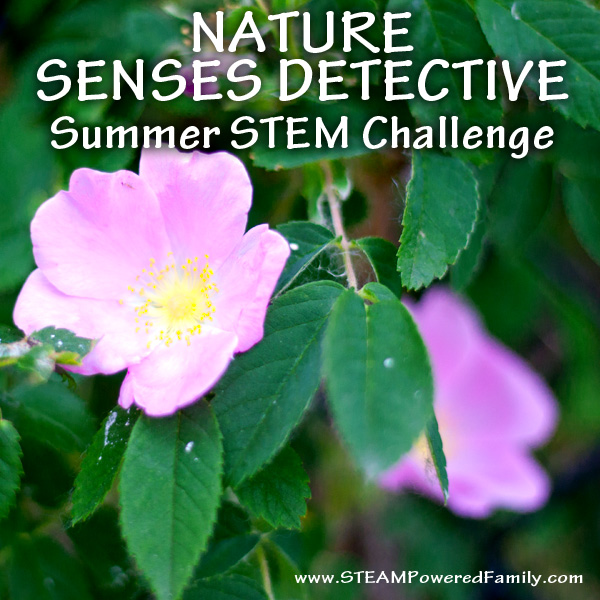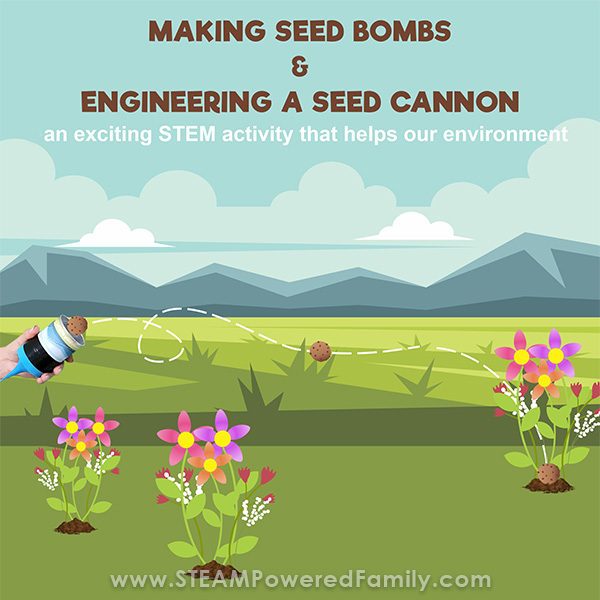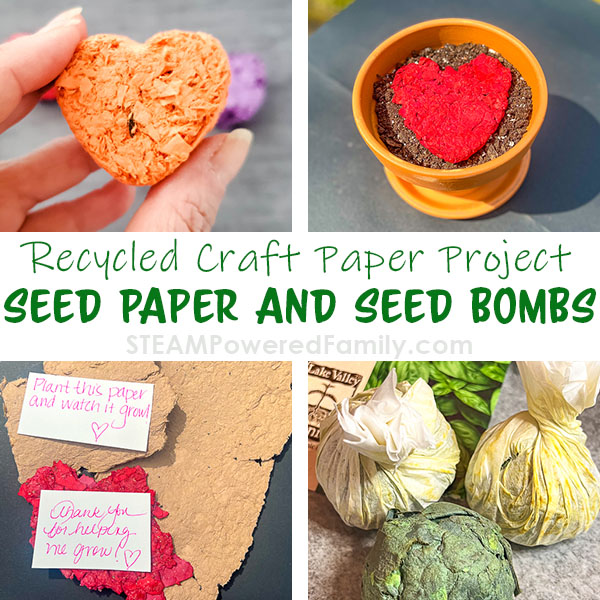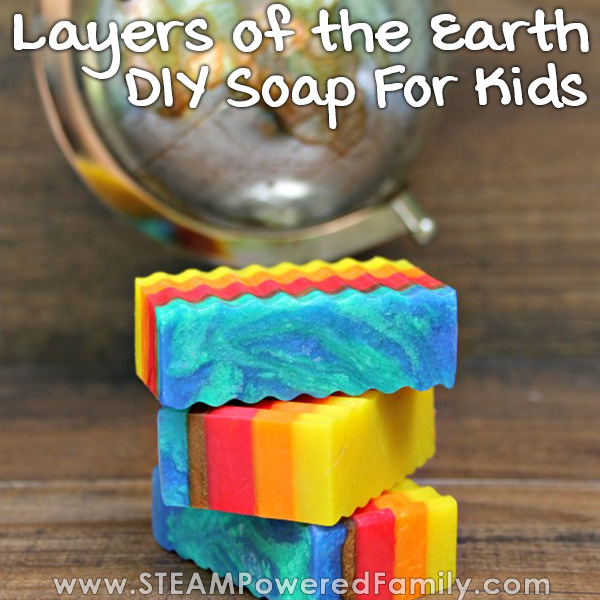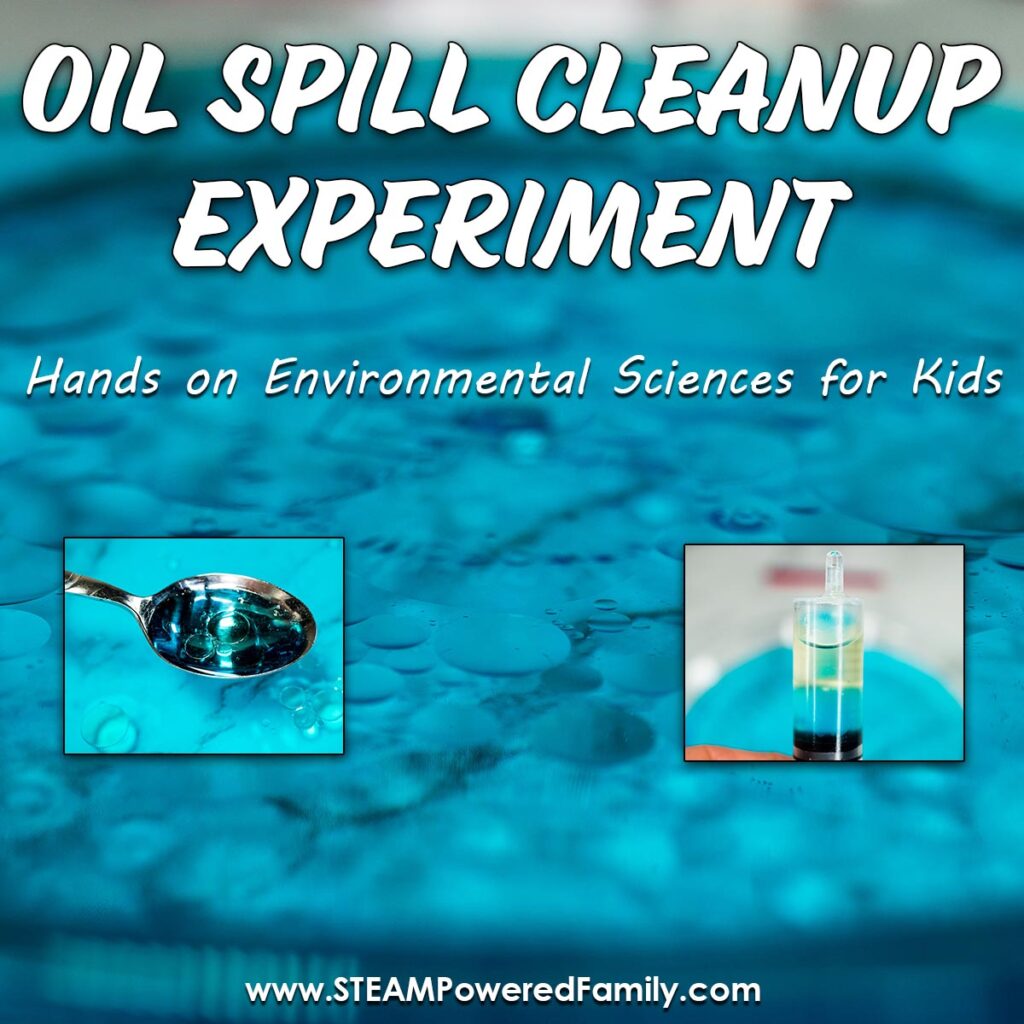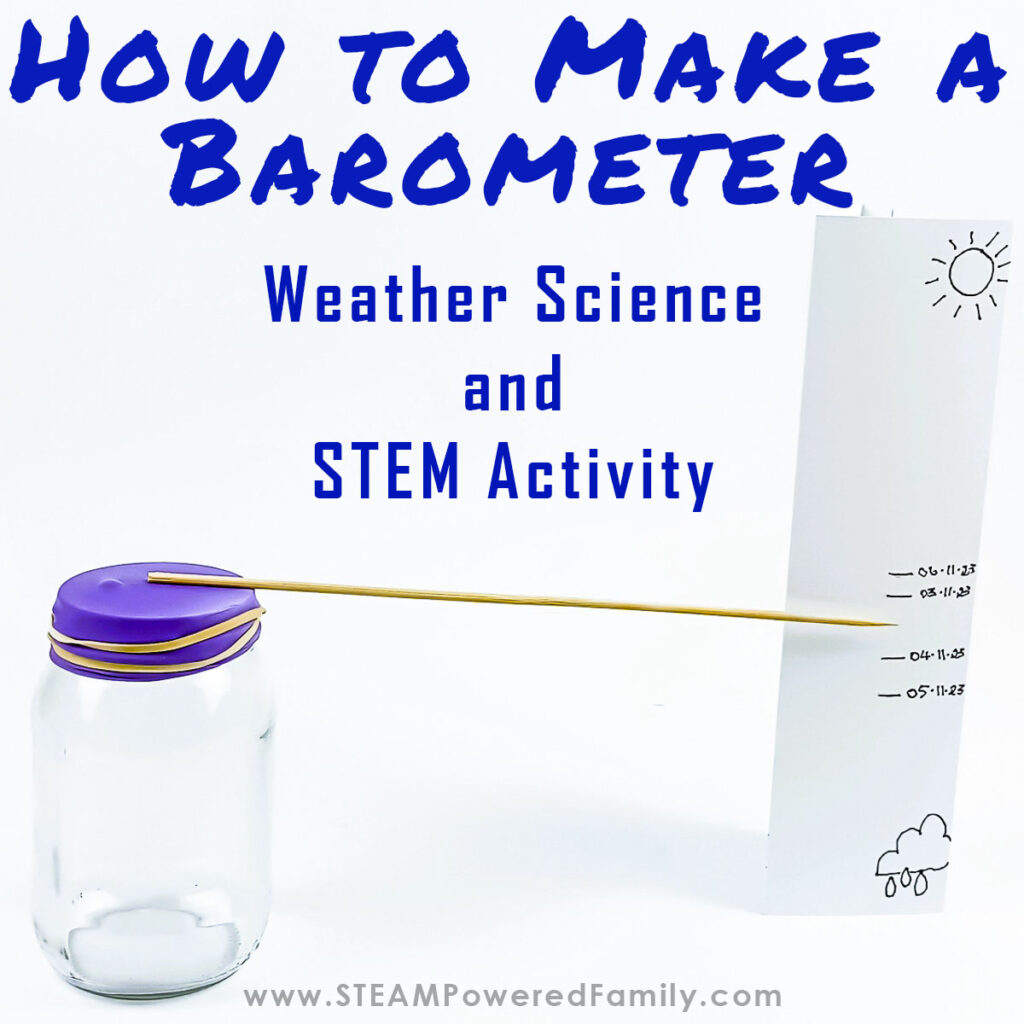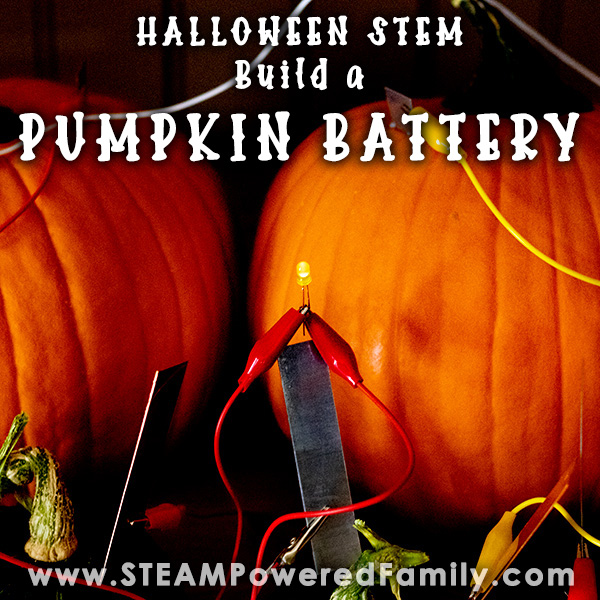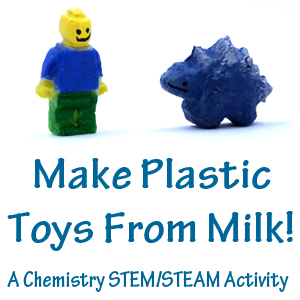Environmental Science Experiments
Studying the environment and how to overcome environmental problems is something every student should do. We all share this planet as our home, and it is up to all of us to become educated in the challenges facing it and how we need to change to protect it. Today we are sharing ideas for Environmental Science Experiments you can do with your students from elementary through high school.
Hands On Environmental Science for Students
Environmental Sciences was my original degree program when I first enrolled in University. I had always been passionate about wildlife management and conservation in particular, and it was my dream to work on protecting Canadian wildlife and their habitats as an environmental scientist. Sadly, after my second year I developed a number of severe health issues that forced me to change my degree program, but my passion for the environment has never waivered.
What is Environmental Science?
Environmental science is an interdisciplinary field. What does that mean? It simply means that it brings together a number of different disciplines and studies to focus on one area, the environment. Specifically it integrates physics, biology, chemistry, and geography, ecology, chemistry, plant science, zoology, mineralogy, oceanography, limnology, soil science, geology and physical geography, and atmospheric science. Certain environmental studies also integrate history, policy, politics, psychology, sociology and government studies. This is a very diverse field with a lot of demand as more and more we are focusing on finding ways to protect our planet.
Why is Environmental Science Important?
It is no secret, as societies have developed and grown throughout history, the impact on Earth and natural resources has not always been positive. For us to continue to develop and thrive on this planet it is important that we also focus on the environmental impacts of our actions.
Through environmental science studies, we see how our own health and the health of our environment are intertwined. We need to protect our planet to protect ourselves now and for future generations. Environmental science research and sustainable education for our students is crucial to keeping our ecosystems in balance, reversing damage done in the past, and preventing future damage and destruction.
Through environmental sciences we can find ways to continue to grow and thrive.
What do you learn in Environmental Sciences?
Environmental science is the study of nature, the environment, the planet, and everything living on this planet to identify and solve issues relating to the relationship we have with the natural world. It includes many subjects such as biology, chemistry, physics, geology, oceanography, zoology and many more types of science, in order to inform our understanding of the Earth and how to protect it.
As you can see this field is extremely broad, so there are many, many activities we can do with our kids that can fall under the umbrella of Environmental Sciences and so we can start fostering that passion to protect our planet.
Environmental Science Experiments and Activities for Kids
In order to make the environment a priority, it is important that we start incorporating it into our children’s education from an early age. One of the best ways I have found to help raise Earth conscience kids with an understanding of environmental issues is by doing hands on activities that really make an impact. We can start this at a very early age by incorporating simple nature and eco-friendly activities into our lessons, then as students grow and mature, we can start doing more advanced experiments.
To simplify things I have started with the most simple environmental activities for young kids first, then gradually increase the complexity of the activities until we reach experiments for high schoolers. The goal is to keep the lessons about the environment age appropriate and to foster that curiosity and passion for learning how to care for planet Earth.
Ready to dive into Environmental Sciences with your kids? Let’s go!
Nature Senses Detective
In this Nature Senses Detective activity young kids start to connect with nature using their senses. They start by going out into nature and intentionally and consciously use all of their senses to explore things in nature. Then, using items they discover in nature, have them see if they an identify the items by using only one sense.
Rewilding and Homemade Seed Bombs
Native seeding is a wonderful way to rewild areas that have been damaged due to human activity. They are also a lot of fun for kids to make and use. We have two different ways of making seed bombs, plus instructions for making seed paper. Don’t forget to make a seed bomb launcher!
Layers of the Earth Activity
Although Environmental Sciences tends to focus only on the crust and atmosphere of our planet, it is important to also understand the inner workings and layers of Earth. Our favourite activity for exploring this is to make beautiful Layers of the Earth Soap. We also have a version where kids can make a Layers of the Ocean soap for an Ocean Sciences study.
Sky Science
The sky is something we all can see every day, but the colours of the sky varies depending on where you are and what time of day it is. It can be vibrant blue or pale blue, pink, orange and even red. These colours are caused by light moving through the atmosphere. In this Sky Science experiment we explore how particles in the atmosphere affect what colours we see in the sky.
Oil Spill Activity – How to clean up oil on water
This is a very simple oil spill cleanup experiment, but one that teaches an important lesson about oil spills and pollution in our oceans and waterways. All you need is a bowl of water, some oil (vegetable or baby oil all work fine), and a variety of tools to try and clean up the oil. Then challenge your students to try and clean up the oil.
Water Lab
Water pollution and safety is a concern all over the world. In this Water Lab experiment students will collect samples from a variety of locally available water sources, then run some simple tests to compare the samples.
Water Pollution Experiment
Water pollution has a big effect on living beings. Whether it is plants or animals. If it is alive on this planet, it requires water. So when water becomes polluted it can have a big effect on life. In this Water Pollution experiment we explore the effect of water pollution on plant life.
Weather Science
The weather is a big part of the study of the environment. There are a number of ways you can study the weather. Some rain related activities would be doing a water cycle experiment, building a rain gauge or making a DIY barometer.
Renewable Energy Activity – Build a Windmill
This activity has a wonderful book you can incorporate into a unit study, The Boy Who Harnessed the Wind. It is a true story of a boy who taught himself how to build windmills to bring energy to his village. It is available in a variety of formats for all age ranges. Then challenge your kids to build their own windmill.
Natural Energy Sources – Building Food Batteries
A fun activity to do with kids is learning about natural energy sources, such as building batteries out of food. In the past we have built Potato Batteries, Lemon Batteries and even Pumpkin Batteries. This is a great way to get kids thinking differently about energy.
Making Bioplastics
Plastic is a huge issue all over the world when it comes to environmental concerns. As part of studies into plastic, have your students learn how to make bioplastics. It is an incredible way to get hands on with this complex subject. Learn how to make bioplastics with Milk Plastic or Gelatin Plastic.
Acid Rain Experiment
Acid rain is a major environmental concern across the planet. The impact of acid rain on various ecosystems is well documented, but it may be difficult for students to understand. In this acid rain science experiment we see the impact of acid rain on plants. The results are impactful and highly educational.
Greenhouse Effect Experiment
This Greenhouse Effect experiment is probably one of my favourite of all time that I did with my older kids. My kids often ask about climate change as they seek to better understand what is happening on our planet. In this experiment they were able to get hands on and develop a much greater understanding of the principles behind the Greenhouse Effect.
Studying the environment is a very important part of every child’s education. We all need to understand how our activities are impacting Earth and how we can lessen any damage we are causing. We also need more change makers in this area. Innovative and creative individuals who think outside of the box and will discover better ways to address the environmental issues affecting us all.
Want more activities learning about the Earth? Check out our comprehensive guide to Earth Day Activities for Kids.



